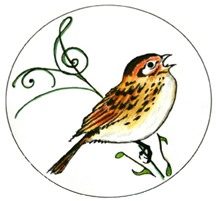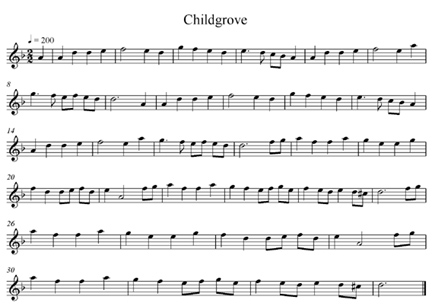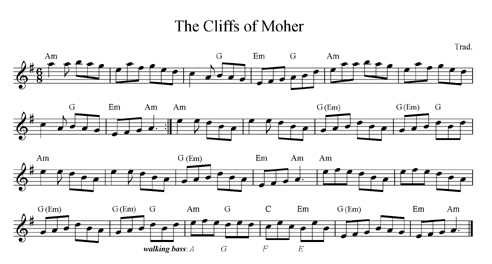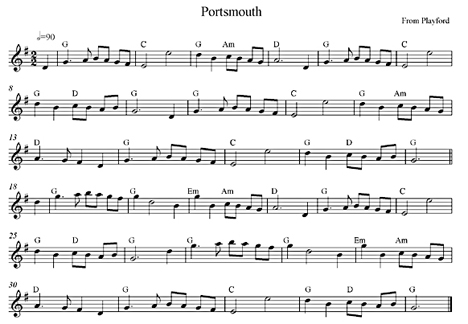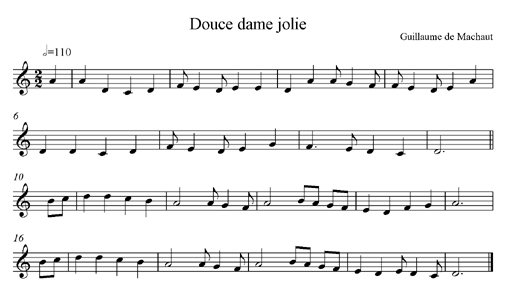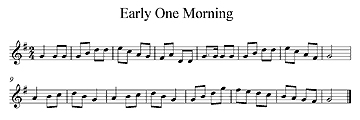This is the first of a new series of Harp-Related Q&A , to celebrate the Harp Blog being back in action (hooray!), and in honour of the first Peterborough-Kawarthas harp circle in over a year (!).
A sample of a tune arranged for multiple harps can be found by following the link at the bottom of the post.
A Harp Circle is an informal gathering of harpists (or harpers, if you prefer), which can take many forms. The one thing they all have in common is the sharing of music. A typical harp circle might start with a general meet-and-greet (which often involves people trying out each other’s harps), and everyone making sure their harps are tuned. Bringing an electronic tuner is wise for this part, since there will be a lot of background noise (this is where tuning pickups really earn their keep!), and everyone will want to be at the same pitch (A=440, or concert pitch, is standard in most areas).
This is often followed by learning one or more group pieces. Usually the group leader or organizer will have copies available for everyone, with parts at varying levels of difficulty (easy parts for beginners, more challenging parts for the more experienced).
Sometimes this group participation might take the form of a more formalized workshop, with a specific topic, such as singing with the harp, Welsh tunes, improvising, Irish ornaments, and so on. However, in some cases it can be as casual as someone handing around some sheet music and saying, let’s all try this one! Either way, the group organizer will let you know what format the circle will take.
At the mid-point will be a welcome break for munchies and socializing (participants are often encouraged to bring contributions of snacks, although sometimes these are provided by the host).
After the break, there may be more group playing, or the second half of the workshop, but often this is the stage for the “once-around-the-circle”, where people are free to play a piece of their choosing. This can be a great opportunity for shy and inexperienced players to try something out in public for the first time, in front of a small and sympathetic audience. It can also be a chance for more experienced players to try out something new, or play their latest “party piece” – essentially, show off their playing prowess. It certainly never hurts to get a healthy boost to the old self esteem, in the comforting company of peers! However, all players will be encouraged to pick something relatively short, so everyone who wants to has a chance to play.
The performance part, in almost all cases, is strictly voluntary. The idea of harp circles is to have fun, in a relaxed, no-pressure environment. Players can feel free to participate as much or as little as they like. For the complete beginner, sometimes it’s great to just be able to meet other harpers and see different harps, even if you’re a bit too shy to try playing along the first time.
In honour of our first harp circle of 2011, I’ve whipped up an arrangement of Southwind for multiple harps. You can follow the link here to download both a print copy and midi file version from Chubby Sparrow. Feel free to add your comments or questions below.

